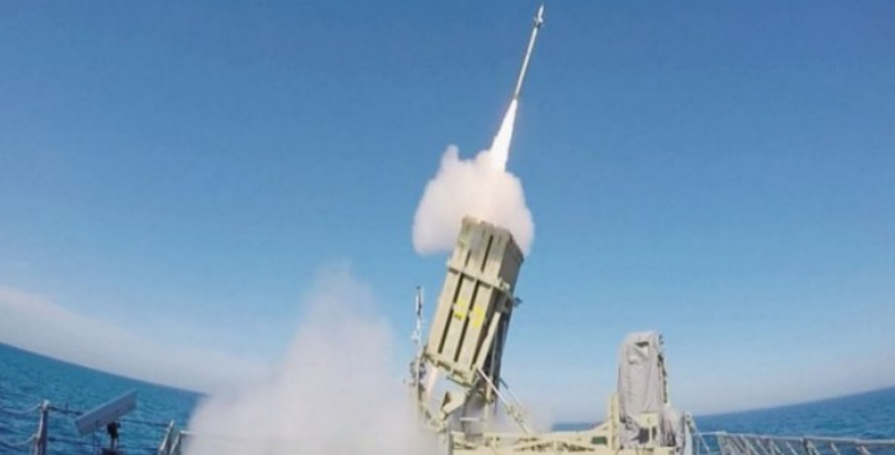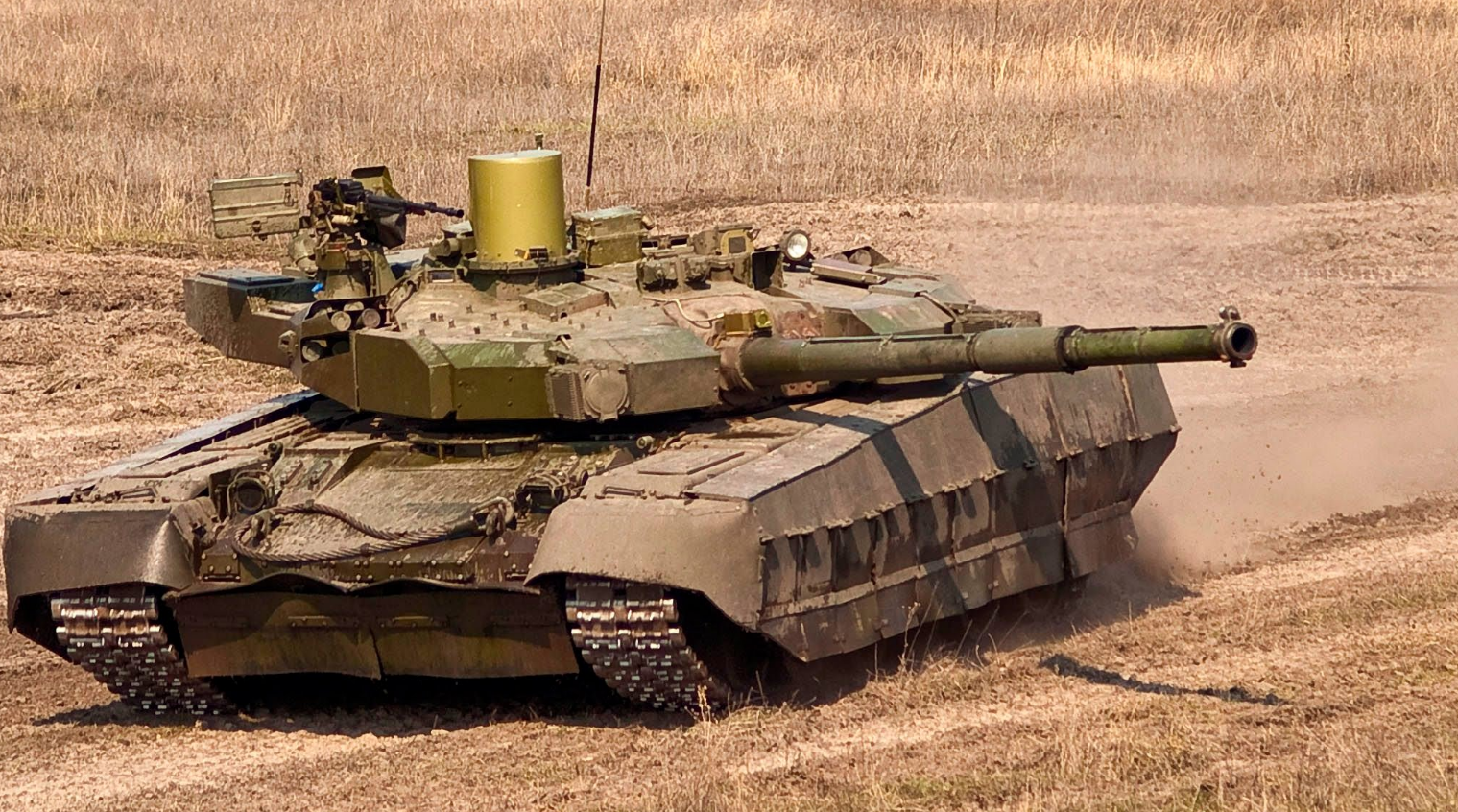3132Views

Background: Beyond Visual Range Air-to-Air Missiles (BVRAAM)
30 January 2016
Modern air-to-air warfare is often – and correctly – understood as the exchange of air-to-air missiles (AAM) between fighter aircraft. However, it is much more than that; in fact, the act of firing an AAM is the culmination of a series of events involving many other systems. These systems include capable onboard and off-board sensors, tactical datalink connectivity, and the AAMs themselves.
When working in harmony with one another, these systems afford modern day air forces and naval air arms a credible opportunity at intercepting enemy aircraft and, in the process, acquire air superiority.
Quwa will take a look at each of these systems. These pieces are not exhaustive resources on the subject, but they should offer readers a workable understanding of the topic.
For readers with a desire to have a thorough understanding, especially from a technical standpoint, then it would be advisable to consult more in-depth resources.
Beyond Visual Range Air-to-Air Missiles
Beyond visual range air-to-air missiles (BVRAAM) are aerially launched munitions designed to engage targets in excess of 30km. In general, a modern-day BVRAAM is typically composed of an explosive warhead, guidance system, seeker and propulsion source. The first wave of BVRAAMs, which included the U.S. AIM-7 Sparrow, were equipped with semi-active radar homing (SARH) seekers, which required the launch fighter to continue “illuminating” the target with its radar until the missile hits the target.
Early iterations of the AIM-7 (and SARH-based BVRAAMs in general) were difficult to use because the process of having to illuminate the target for the entirety of the missile’s flight exposed the launch aircraft to numerous vulnerabilities. For example, if forced into an engagement by an enemy, the launch fighter would have to break its radar from the target, rendering the missile ineffective.
Over time, SARH-based missiles were steadily upgraded with mid-course data-link connectivity as well as secondary seekers such as infrared (IR), which collectively made these AAMs reasonably effective. However, the most significant shift in BVRAAM technology emerged with the introduction of active radar-guided missiles, most notably the U.S AIM-120 ‘Advanced Medium Range Air-to-Air Missile’ (AMRAAM).
The AMRAAM and its contemporaries, such as the Russian R-77 and French MICA, utilize a two-stage guidance system composed of an inertial navigation system (INS) and a terminal stage active-radar seeker.
The INS component serves as a self-contained navigation system whereby the missile is able to navigate a course based on its previous set location (e.g. launch-point) using rotation and motion sensors. To understand INS, think of a person being told to take twenty steps forward in absolute darkness. INS is similar, except the missile is being told to travel x-kilometers towards the general area of the target.
In order to correct for errors and/or to update the route, the launch fighter’s radar (or potentially that of another platform, such as an airborne early warning and control aircraft) could feed the missile additional information via data-link. Mid-course updates could also be fed from an infrared search and track (IRST) sensor, which could track a target based on its heat-signature. In this scenario the launch fighter could keep its own radar switched-off, enabling it to maintain a quieter electromagnetic presence, thus protecting it from enemy electronic warfare measures.
Once the missile is in the ‘acquisition bracket’ of the target, the active radar-seeker could switch on and then proceed to chase the target based on its radar presence. This is referred to as the “terminal stage.” The radar-seeker can only activate in the terminal stage because the radar transceiver (which emits and receives radio waves) consumes too much energy for the missile’s limited power supply to sustain for a long period of time. However, once the terminal seeker is live, the launch aircraft could proceed to focus on other targets or leave the scene. This is referred to as “fire-and-forget” capability.
There have not been any wide-scale engagements involving masses of active radar-guided BVRAAMs, hence there is little real-world information in terms of effectiveness, for BVRAAMs as well as the systems designed to counter them. However, decoy measures such as the use of chaffs could hide an aircraft from radar detection, at least for enough time such that the terminal-stage radar-seeker of a missile runs out of energy and is rendered ineffective. Recent years have also seen the development of on-board decoy systems, i.e. small pods equipped with defensive jamming equipment, such as DRFM [digital radio frequency memory] to serve as false targets for incoming radar-guided missiles.
In recent years, active-radar guided BVRAAMs have come into the hands of many air forces around the world. The AIM-120 AMRAAM is the most ubiquitous with operators in the West, North Africa, Middle East, South Asia and Pacific Asia. The French MBDA MICA and Russian R-77 have become increasingly common as well. But besides well-established vendors such as the U.S., France and Russia, there are also smaller market players with comparable designs as well, most notably Israel (Derby), China (PL-12), South Africa (R-Darter and in-development Marlin) and India (in-development Astra).


